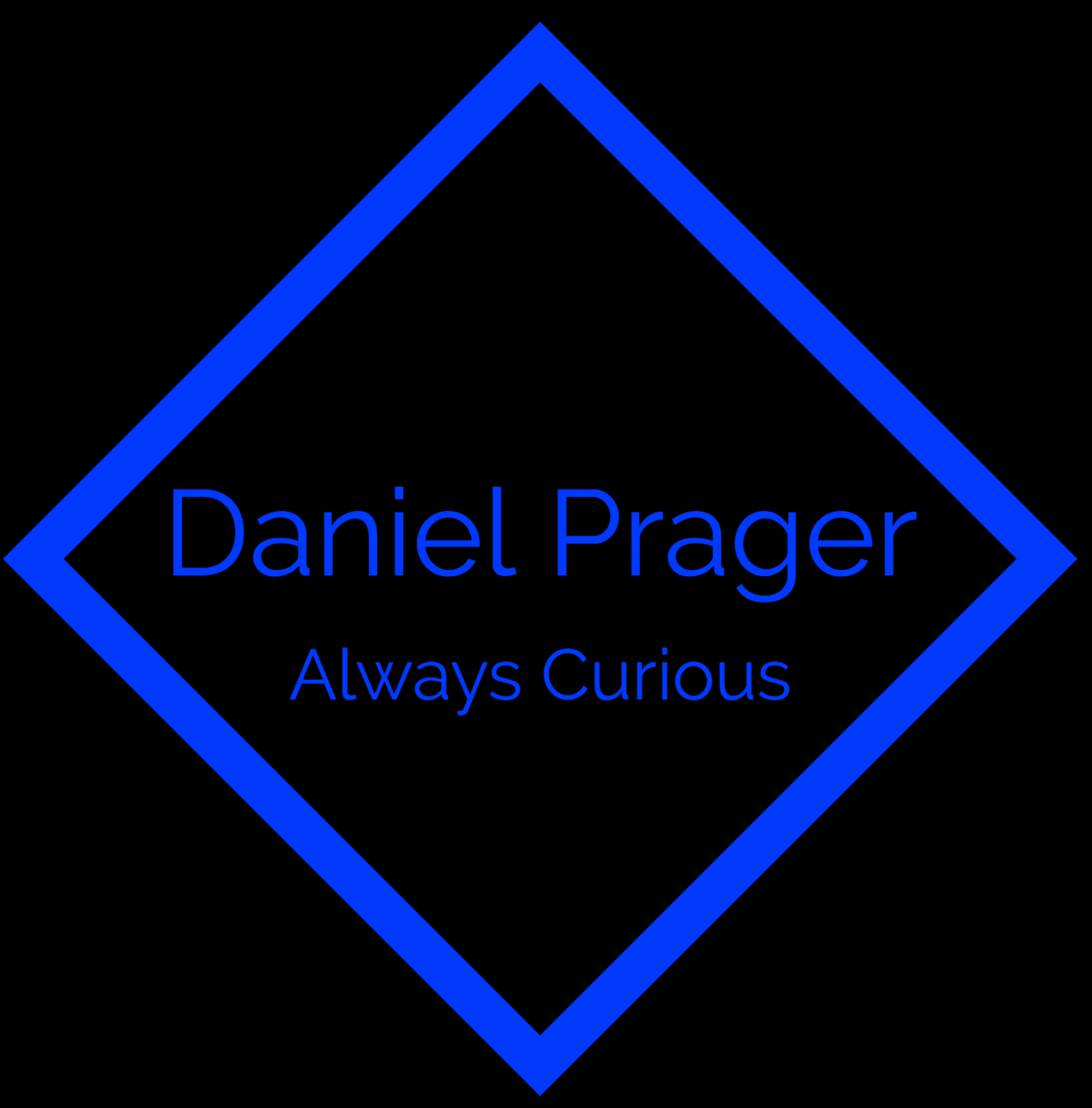Grappling With Lead Generation
On any given day, many of the campaigns I have worked on have a "lead generation" component.
In most cases, this translates to: "The client will judge the effectiveness of the campaign based on the number of "leads" it generates, and will judge campaign efficiency on a cost per lead basis." Simple. Linear. Easy to show value.
Look at this graphic (With a slight addition from yours truly) from a very well respected search engine marketing firm that is generally assumed to know their stuff, that works with many Fortune 50 brands:
This is the reductionist linear thinking that helps create digital landfill. Specifically when it comes to digital "lead generation" campaigns. How many more landing pages do we need to create for the sake of attribution?
Funnels are a ruse. We live in a world where consumers can find their way into the purchase cycle / funnel at any point in time, and at any point in the process.
A good digital media campaign does not automatically generate leads -
In the graphic above it's pretty simple. If you are good at capturing attention, your media will result in "conversions".
This graphic completely ignores the on site experience, in terms of design, content, accessibility and simplicity which very often has a greater impact on lead generation than media placement, no matter how good you think you are at gleaning the complexity of consumer purchase intent from keywords.
Does digital direct lead generation ever work?
Yes. But as consumers get smarter about using technology to create their own paths to actual value, we need to rethink when digital direct lead generation makes sense, and when it doesn't.
So how can we plan for digital lead generation effectively?
First and foremost as marketers, we need to stop lying to ourselves. We don't control funnels, we don't control consumers, and we don't control information. Rather than pretending we have control, we must align ourselves effectively with customers through simple, empowering, useful, and engaging experiences.
The faux empiricism of digital advertising has allowed us to trick ourselves into thinking we can fully understand, predict, and optimize behavior. It is easy to sell this reductionist attribution. It is more difficult to sell complexity. The constant, iterative process that it takes to create and analyze valuable experiences is what gives a brand a sustainable competitive advantage.
Let me be explicit -- In no way am I against empiricism. I'm just pro-complexity. The fact that something is easily quantifiable or measurable should not be the selling point for its usefulness to consumers or a brand.
Once we have given up the idea of total control, and reductionist measurement, we can re-examine digital lead generation.
Lately, I've been into the idea of splitting digital lead generation into digital associative and digital direct.
Digital Direct: A digital campaign with the explicit goal of generating leads. Media aligns with user intent on various channels and devices -- drives to a form / website to capture a lead.
Digital Associative: A digital campaign with the explicit goal of generating long-term brand engagement, loyalty and advocacy. Lead generation is a secondary goal. Focus is on utilizing technology to create meaningful and useful experiences that capture attention, create ongoing engagement and build long term brand loyalty.
What Drives Success?
It depends on how you frame it.
1) If your focus is on generating leads from a single visit, the focus of the digital campaign should revolve around simplicity and clarity.
Campaign Example: Blue Cross Blue Shield
2) If your focus is on generating brand awareness or association from a single view, the focus of the digital campaign should revolve around inspiration and an awesome first impression.
Campaign Example: Jay-Z + Bing Decoded
3) If your focus is on generating leads for a complex product where you expect multiple visits, the focus of the digital campaign should revolve around empowerment and education.
Campaign Example: Prudential Bring Your Challenges
4) If your focus is on generating brand awareness or association from multiple views or experiences, the focus of the digital campaign should revolve on saturation (being everywhere), and personalization (unique experiences for each individual).
Example: Nike Fuelband
Hopefully, this little chart can elevate our conversation when it comes to lead generation, and ultimately creates less digital landfill.
Let's make digital skyscrapers, public green spaces, superhighways and bike paths.
Pick the urban planning analogy that best fits your personality.

